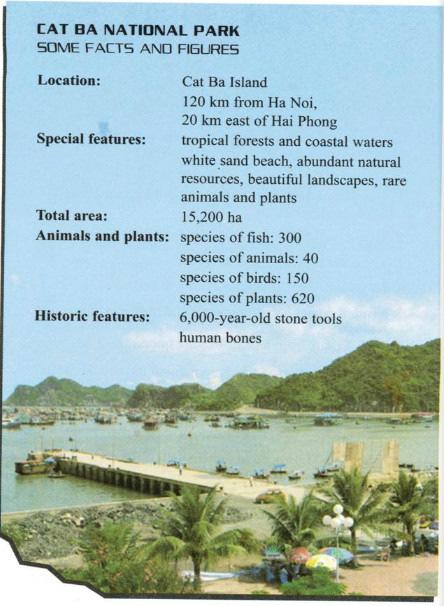OF
FI CI A
L
d) Implementation (Tổ chức thực hiện)
water. Reservoirs behind the dams store water during wet seasons for use in dry seasons. Dams help prevent floods by controlling the flow of water. - Step 1- Transfer the tasks (Chuyển giao nhiệm vụ) State the requirements for each activity for the students. Make sure the students have a clear understanding of the task for each activity before performing the task. - Step 2- Perform tasks (Thực hiện nhiệm vụ): Students work individually, in pairs, or in groups in the process of performing tasks. Teachers do general observations and help if necessary. - Step 3- Report, discussion (Báo cáo, thảo luận ) Ask a few students or group representatives to present their answers. Other groups comment. Teacher general comments. - Step 4: Conclusion, judgment (Kết luận, nhận định): Teacher presents specific learning products that the student must complete as required and clarify the problem to be resolved / explained; Learning tasks must be performed next. ACTIVITY 2: KNOWLEDGE BUILDING (Hoạt động 2: Hình Thành Kiến Thức) Reading test
ƠN
a) Objectives (Mục tiêu) b) Content (Nội dung)
NH
Read the passage and answer the questions. Questions 1. What is necessary for the survival of all living things? 2. What can polluted air, water and soil cause? 3. Why is the pollution problem complicated? Give one example? 4. What would people have to do to end or to reduce pollution immediately? 5. How can governments control pollution? Modal answers : 1. Air, water and soil are necessary for the survival of all things. 2. Badly polluted air can cause illness and even death. Polluted water kills fish and other marine life. Pollution of soil reduces the amount of land that is available for growing food. 3. Because much pollution is caused by things that benefit people. For example, exhaust from automobile causes a large percentage of air pollution, but the automobile provides transportation for millions of people. 4. They would have to stop using many things that benefit them. 5. Governments can pass and enforce laws that require businesses and individuals to stop, or cut down on certain polluting activities. - Step 1- Transfer the tasks (Chuyển giao nhiệm vụ) State the requirements for each activity for the students. Make sure the students have a clear understanding of the task for each activity before performing the task. - Step 2- Perform tasks (Thực hiện nhiệm vụ): Students work individually, in pairs, or in groups in the process of performing tasks. Teachers do general observations and help if necessary. - Step 3- Report, discussion (Báo cáo, thảo luận ) Ask a few students or group representatives to present their answers. Other groups comment. Teacher general comments. - Step 4: Conclusion, judgment (Kết luận, nhận định):
M
QU Y
c) Products (Sản phẩm)
DẠ
Y
KÈ
d) Implementation (Tổ chức thực hiện)
58






